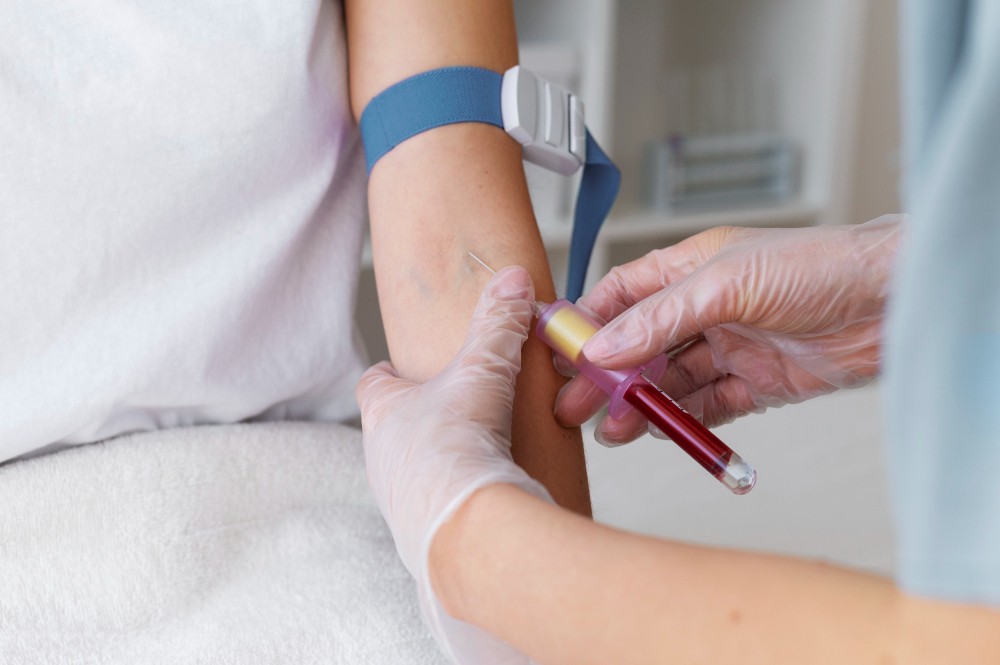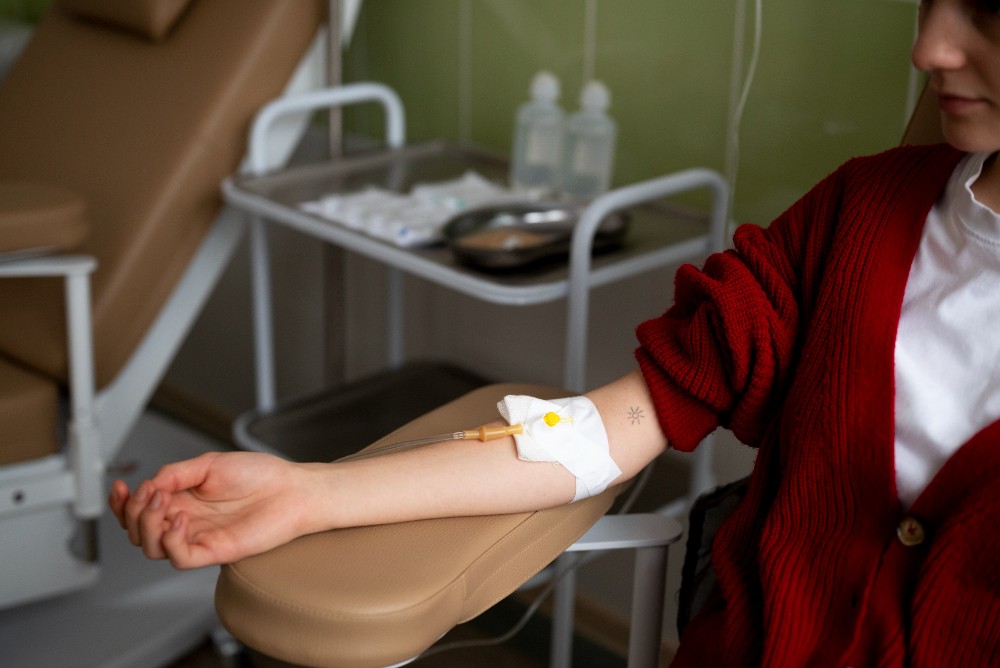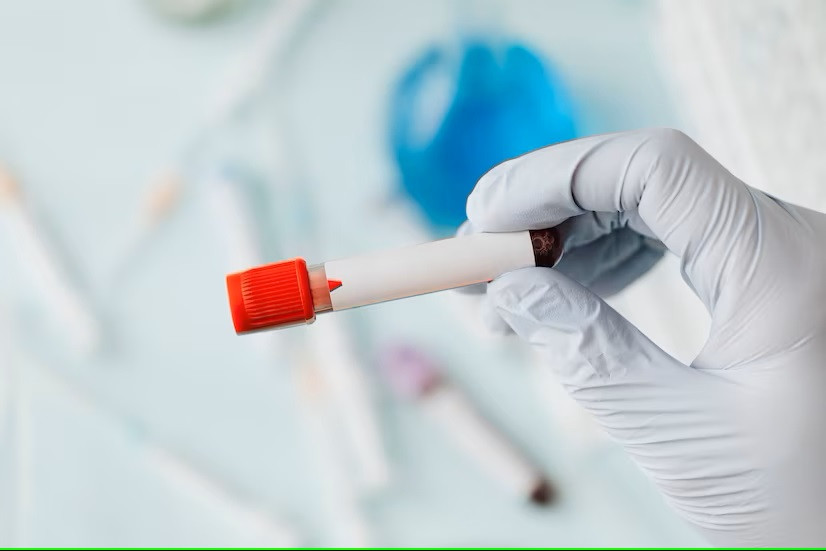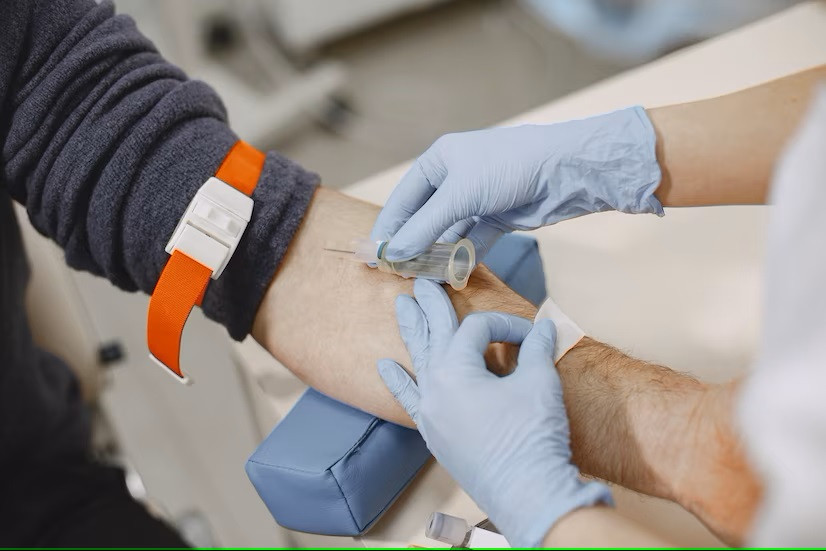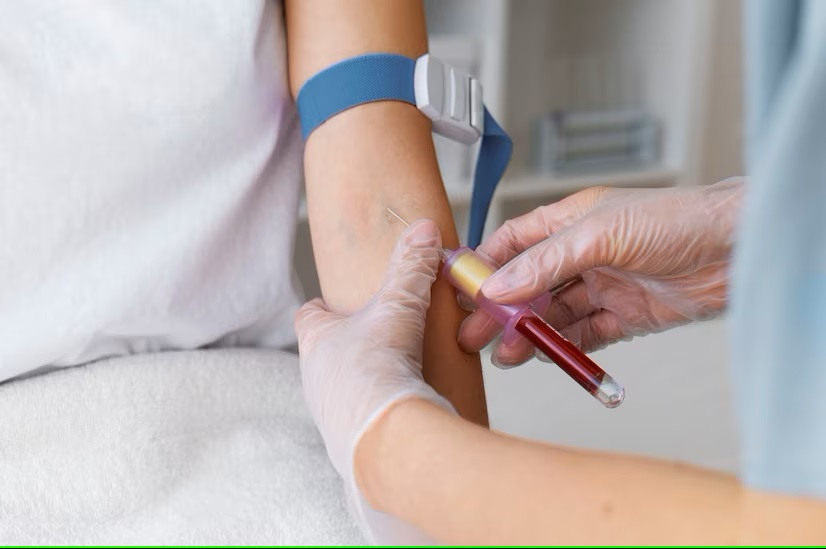Bloodletting is a practice that has been used for thousands of years. This method involves drawing blood from large blood vessels, such as those in the arms, legs, or head, with the belief that it can help improve blood circulation and remove harmful substances from the body.
But how is this therapy performed, and is it safe for health? Let’s dive into the details.
What is Bloodletting?
While the exact origins of bloodletting are unclear, it’s known to have been practiced for over 3,000 years by ancient Egyptians, Greeks, and Romans. During this time, it was believed that diseases were caused by an imbalance in bodily fluids like blood, phlegm, or bile. When someone fell ill, bloodletting was considered an effective treatment.
The procedure for bloodletting was similar to modern blood donation, where a needle is inserted into a vein or artery to draw blood. Before the procedure, the needle was sterilized, and the patient’s pulse was checked to ensure their safety.
By the 18th century, bloodletting was commonly used to treat conditions like fever, hypertension, pneumonia, and pulmonary edema. Some doctors also used it to treat smallpox and gonorrhea.
However, by the mid-19th century, the effectiveness of bloodletting came under scrutiny. Research indicated that it didn’t significantly improve health, leading many to abandon the practice.
Is Bloodletting Effective?
According to Healthline, bloodletting doesn't provide much benefit for healing. While the therapy might have had some unintended positive effects, these were not due to balancing the body's fluids.
It was speculated that bloodletting might temporarily reduce blood pressure by lowering blood volume, but these effects were short-lived. Without proper treatment, high blood pressure could return.
The major risks of bloodletting include the potential loss of too much blood, which can be life-threatening. Additionally, there is a higher risk of infection and sepsis associated with the practice.
Bloodletting is also not recommended for individuals with blood-related conditions, such as:
- Hemophilia
- Anemia
- Hypotension
- Hypoglycemia
- Underweight
- Hepatitis
Bloodletting in the Modern World
Although bloodletting is no longer widely used, it hasn’t been entirely abandoned. Today, a safer form of the practice, called phlebotomy, is still performed for specific medical conditions, such as:
- Hemochromatosis (excess iron in the blood)
- Polycythemia vera (a blood disorder causing excessive red blood cell production)
- Porphyria cutanea tarda (a disorder of iron metabolism)
In these cases, removing blood can help prevent organ damage and blood clots. Modern phlebotomy can also involve the use of leeches, which not only remove blood but also release beneficial substances like anticoagulants.
In Indonesia, traditional bloodletting is prohibited by the Ministry of Health. If you’re interested in trying blood acupressure therapy, it’s important to consult with a doctor or consider safer alternatives. You can also access health consultations via the Ai Care app, available for download on the App Store or Play Store.
Looking for more information about other diseases? Click here!
- dr Nadia Opmalina
Zimlich, R. (2021). What Was Bloodletting All About?. Available from: https://www.healthline.com/health/bloodletting
Cihut, M. (2020). Bloodletting: Why doctors used to bleed their patients for health. Available from: https://www.medicalnewstoday.com/articles/bloodletting-why-doctors-used-to-bleed-their-patients-for-health
Nicola, S. (2022). What to Know About the History of Bloodletting. Available from: https://www.webmd.com/a-to-z-guides/what-to-know-history-bloodletting
Sehat Negeriku. (2019). Langgar Ketentuan, Kemenkes Kembali Lakukan Sidak ke Penyehat Tradisional. Available from: https://sehatnegeriku.kemkes.go.id/baca/umum/20191107/1832242/langgar-ketentuan-kemenkes-kembali-lakukan-sidak-penyehat-tradisional/#


